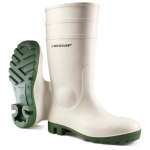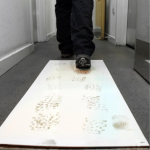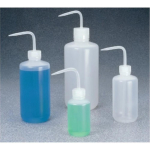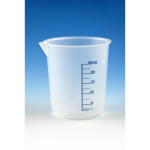Application
Optimized for passage of endothelial cell cultures.Trypsin inhibitor from Glycine max (soybean) was used for the following applications:Filteration and seeding of dispersed aciniRelative quantification of phospho-tau and immunoblotting analysisSubcloning and transformation of VIL-4 and IL-4 cDNA, and protein expression and purification (trypsin inhibitor form glycine max is used as positive control).
Biochem/physiol Actions
This inhibitor acts against trypsin, and chymotrypsin and plasmin to a lesser extent. It will also inhibit proteases with mechanisms similar to trypsin, plasma kallikrein and coagulation Factor X. The trypsin inhibitor will not act against metalloproteases, tissue-baseed kallikrein, acid proteases, or thio proteases. This inhibitor acts by forming a 1:1 stoichiometric complex with the protease active site, and then cleaving a single arginine-isoleucine bond on the inhibitor. The inhibition is both reversible and pH dependent.
Other Notes
Contains chromatographically purified soybean trypsin inhibitor and iron supplemented calf serum.
View more information on Trypsin Inhibitor.
Preparation Note
The trypsin inhibitor is soluble in water and phosphate buffers at 10 mg/mL. It is soluble in balanced salt solutions at 1 mg/mL and in serum-free media. Concentrated solutions greater than 10 mg/mL may be hazy and have a yellow to amber color. After trypsinizing cells, resuspend in 1 mL trypsin inhibitor solution at 1 mg/mL for every mL of trypsin solution used for dissociation. The cell suspension should then be centrifuged at 1000 rpm, forming a cell pellet. Solutions can retain activity when stored short-term at 2-8° C. Solutions are stable in frozen aliquots at -20°C.
Prepared in Dulbecco′s Phosphate Buffered Saline without calcium and magnesium.
Unit Definition
One trypsin unit = A253 of 0.001 per minute with N-alpha-benzoyl-L-arginine ethyl ester (BAEE) as substrate at pH 7.6 at 25 °C.









